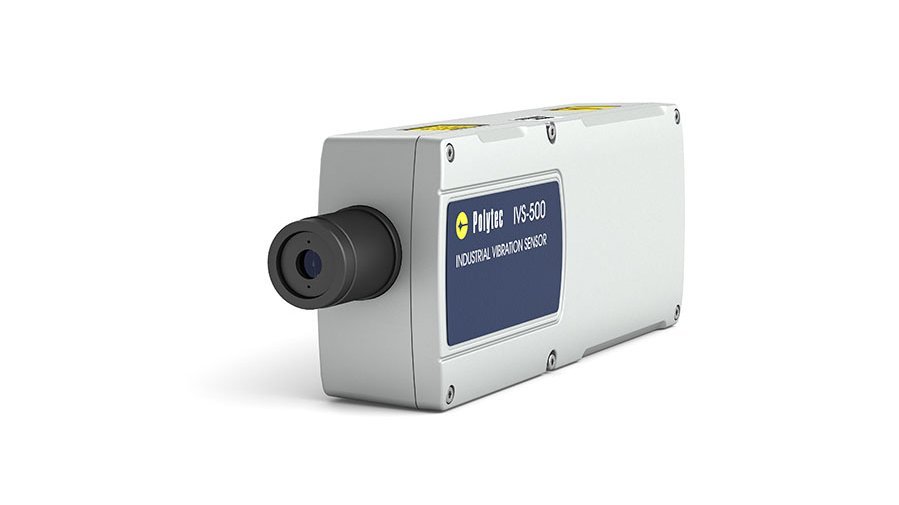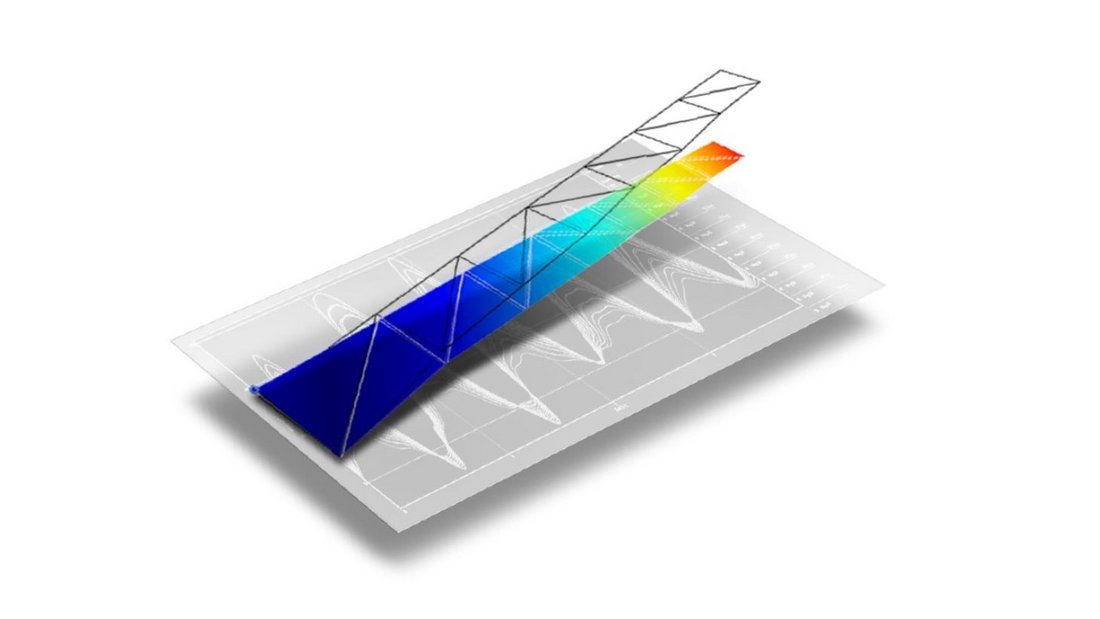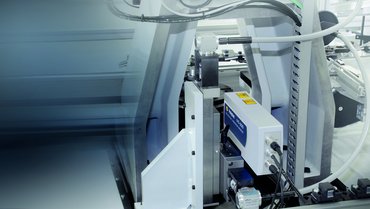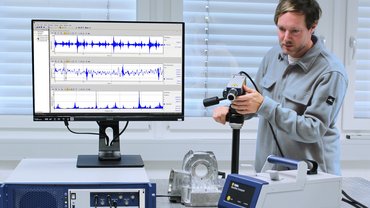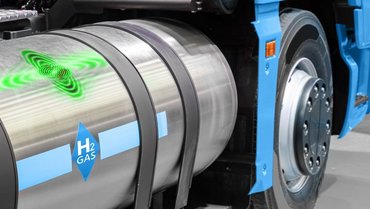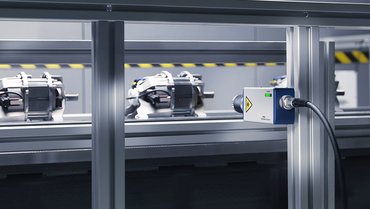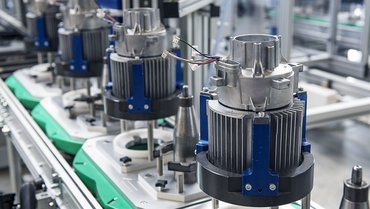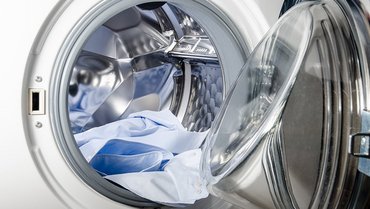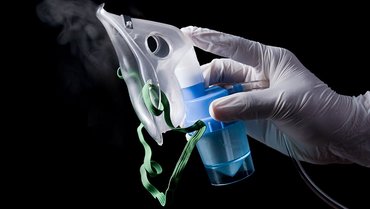Zero-fault production in the engine cold test
A complete check is carried out during the final inspection in combustion engine production for vehicles. Each individual unit is extensively tested before leaving the factory. For example, it is checked for undesirable noise and vibration when subjected to so-called noise, vibration and harshness (NVH) tests.
An electric motor pulls/spins/powers/drives the combustion engine during the engine cold test. In addition to measuring the vibration and noise behaviour of the engine as a whole, the component or assembly faults are also identifiedusing the vibration signal measured contactlessly with one or more laser vibrometers, so that targeted, effective repair or rework can be carried out.
You can use Polytec’s laser vibrometers to identify the following fault patterns, for example: damage or production deviations on cam shafts, incorrectly set valve clearance, faults on ancillary units such as high-pressure pumps, gear tooth faults, bearing damage or foreign bodies in the combustion chamber.

Flexible sensors for optical quality inspection in-line
Company Saab Medav Technologies specializes in digital signal processing, marker systems, radio monitoring, vibration analysis, information processing and measuring technology for quality checks. The Bavarian company has been relying on the high quality, precision and reliability of Polytec’s vibration measurement systems for more than 20 years now. And with good reason too, as Olaf Strama states:
“We have been using laser vibrometers for vibration measurement since the mid-1990s. We started with a Polytec compact laser vibrometer and then we purchased a batch of IVS industrial vibration sensors. In the meantime, we have been using the successors of IVS, especially for measurement points that are difficult to access or where a high measurement bandwidth is required for automatic production."
Dipl.-Ing. Olaf Strama, Director of Industrial & Automotive Solutions (IAS) at Saab Medav Technologies

